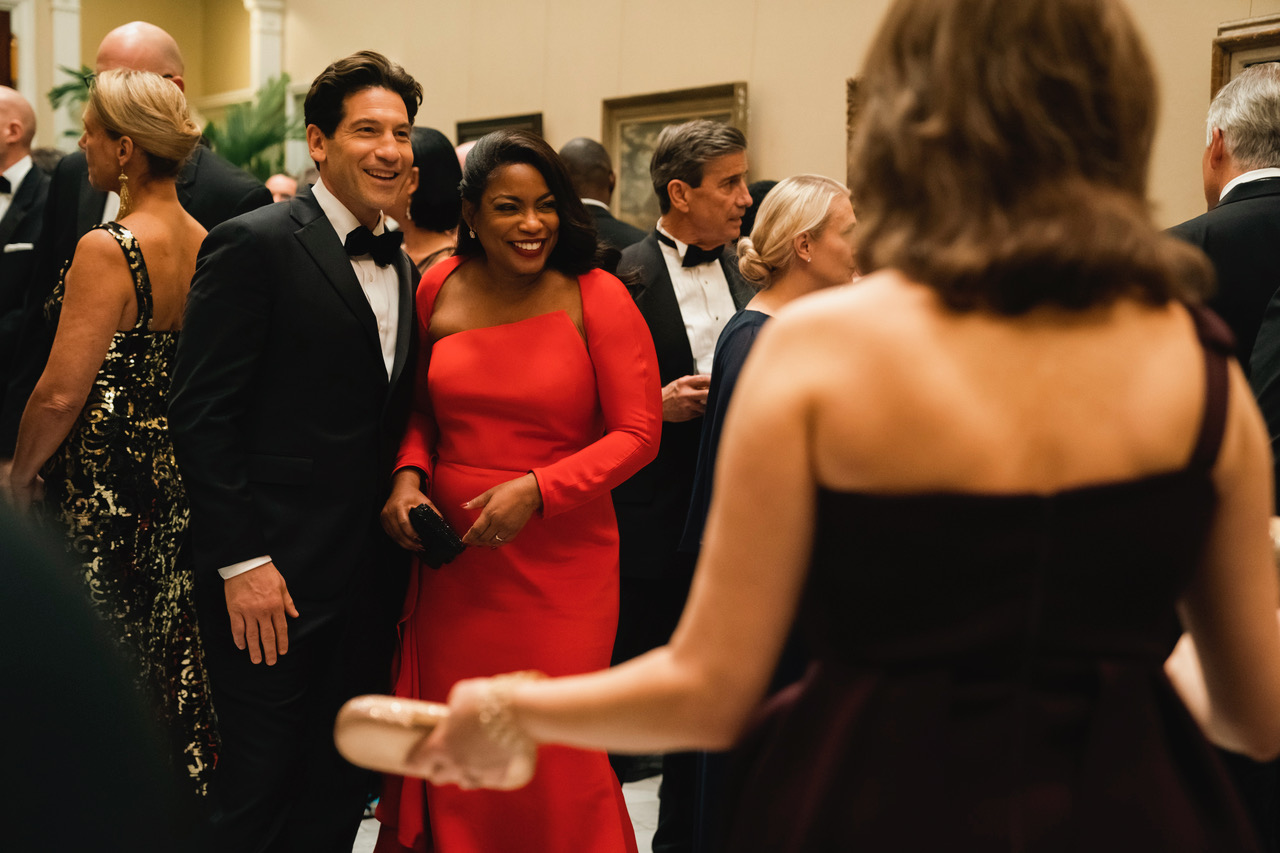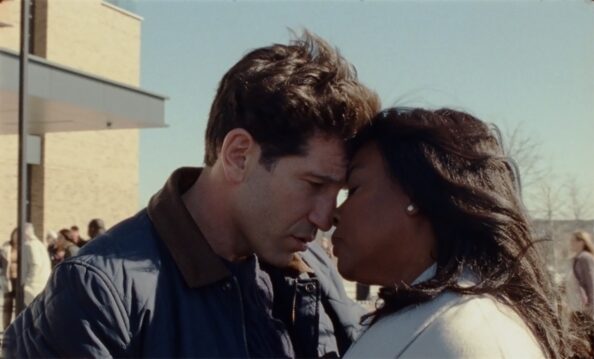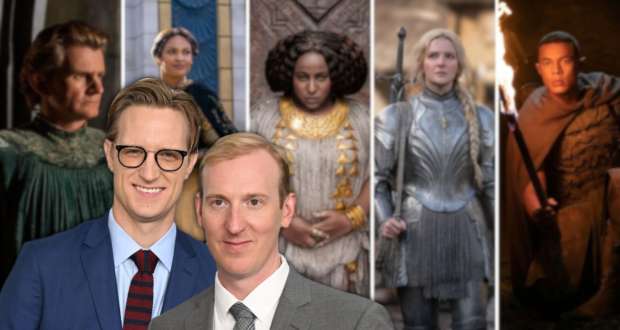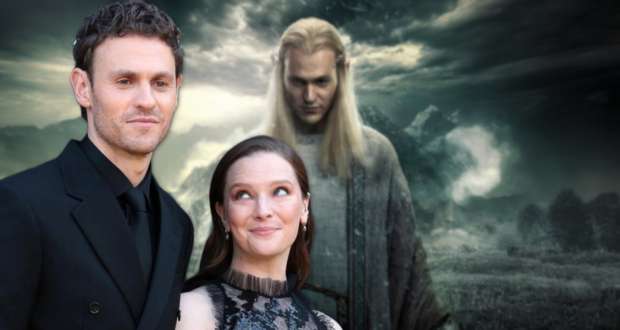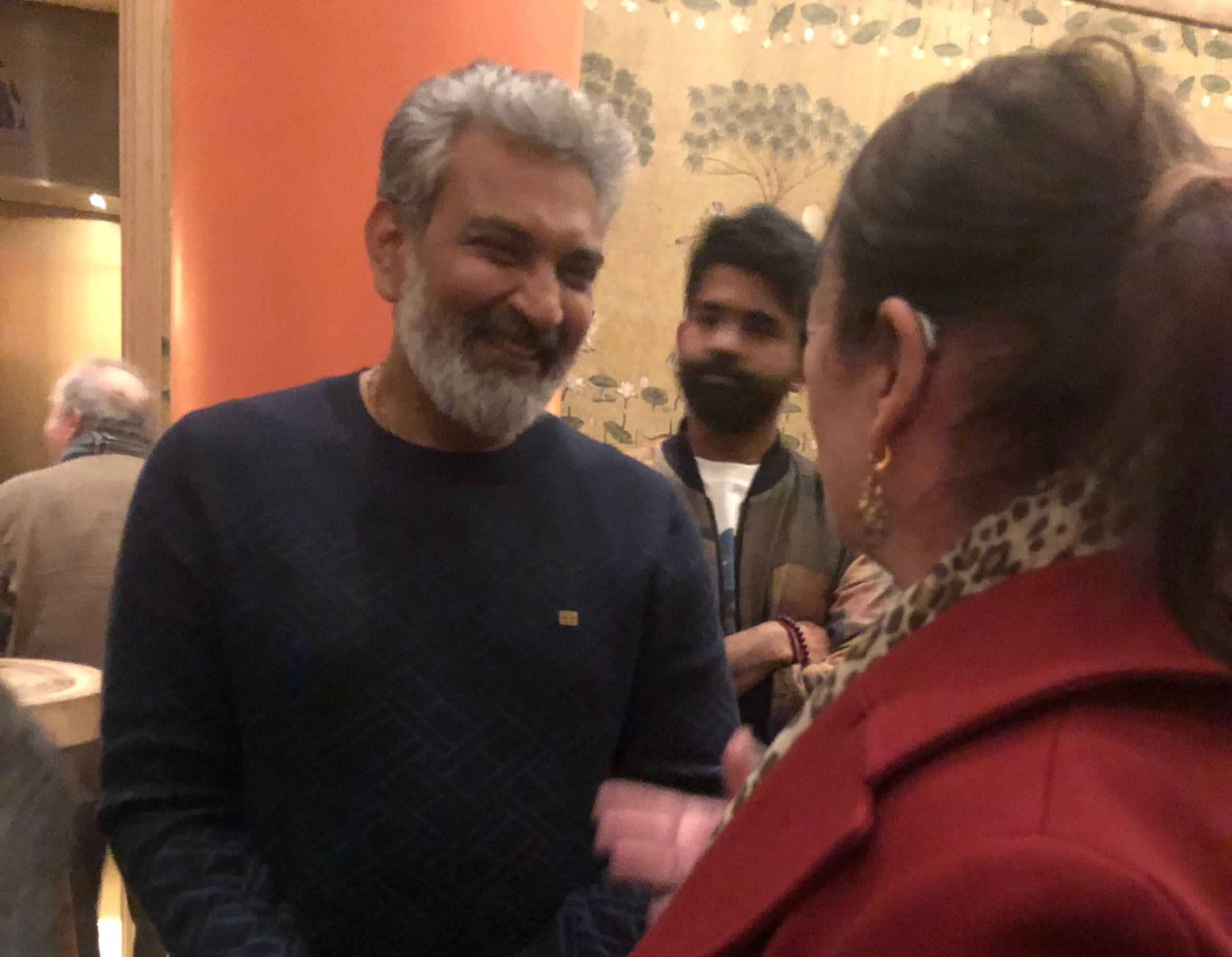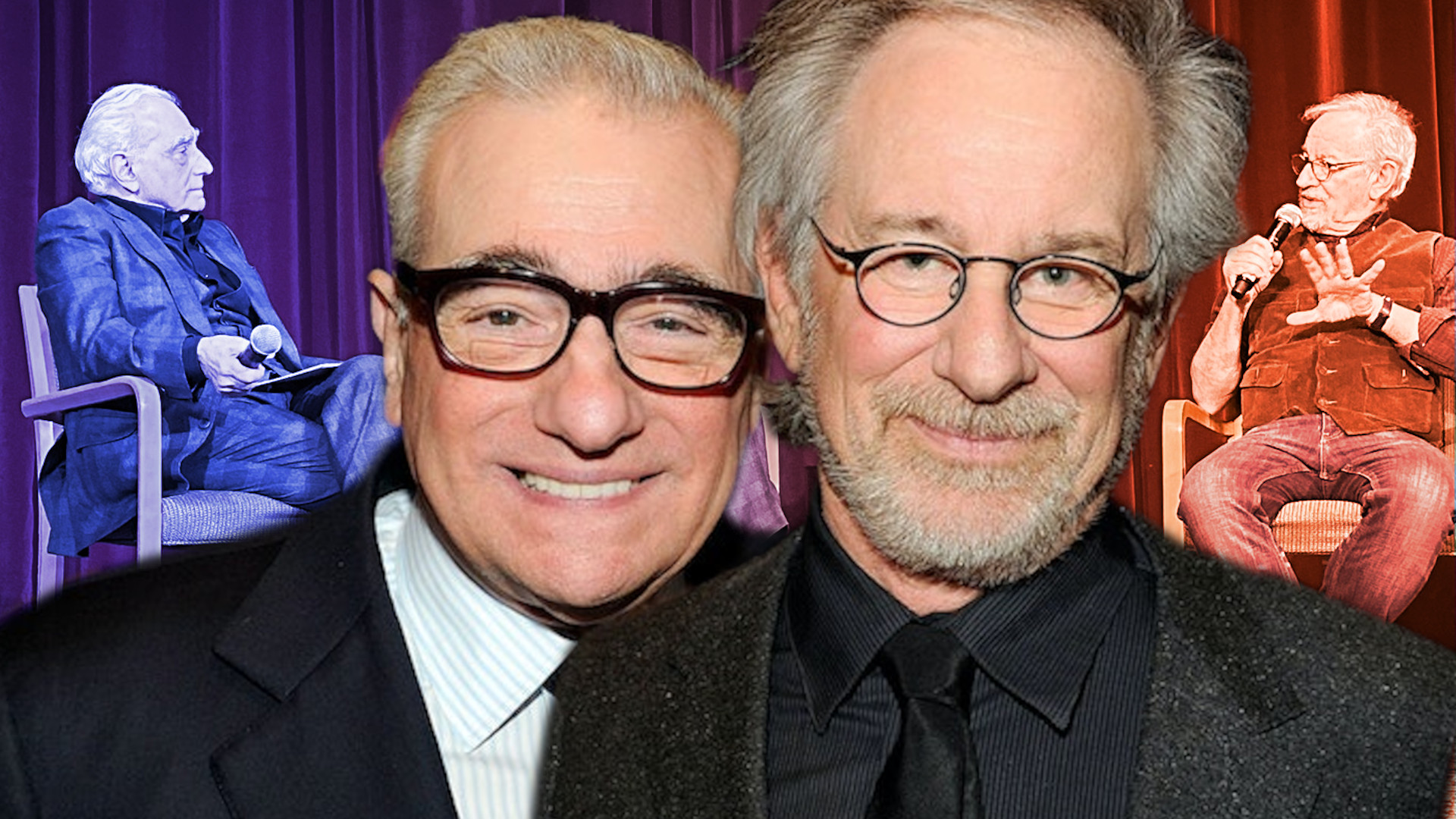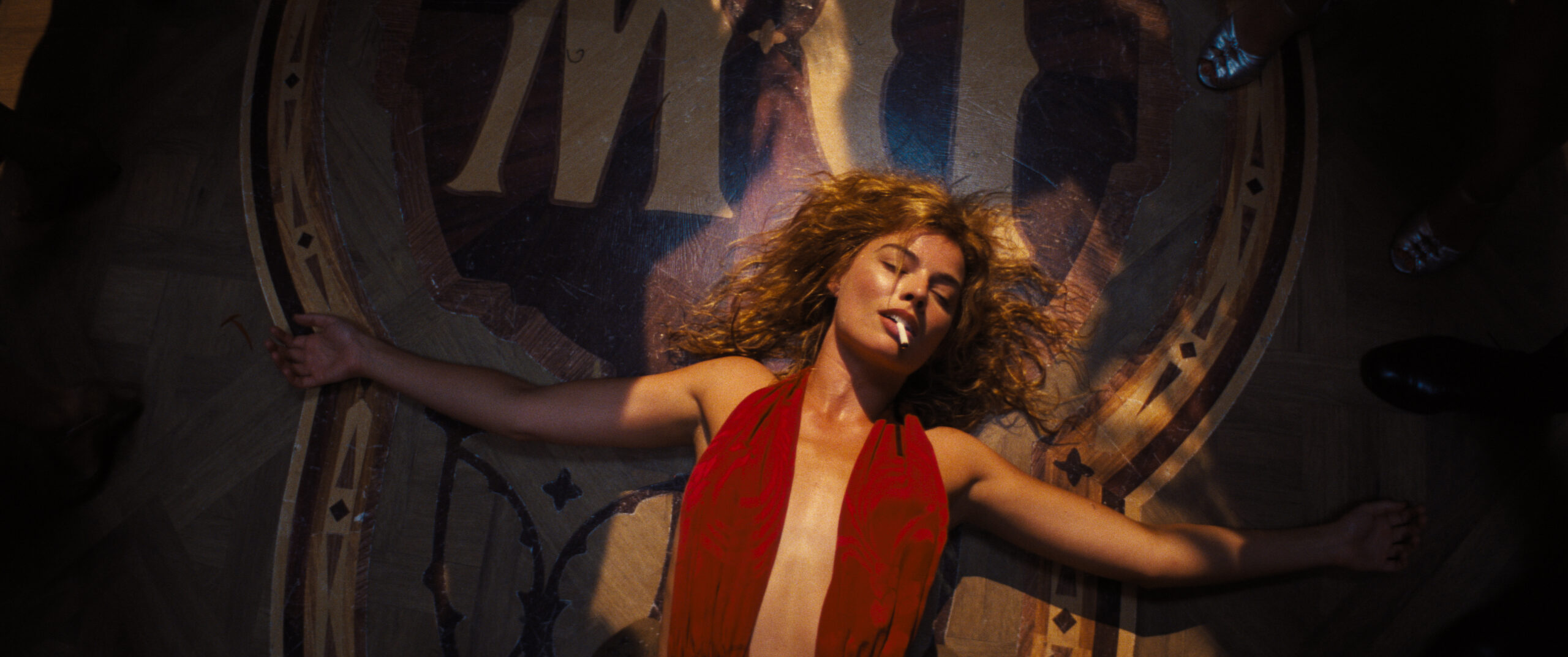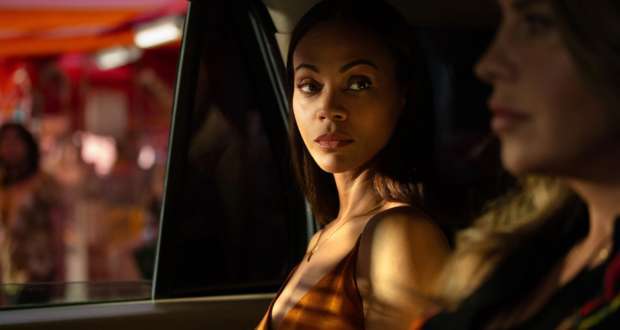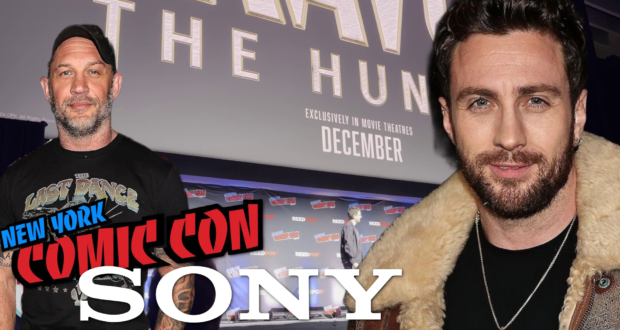Ava DuVernay introduced her new film ‘Origin’ to an enthusiastic audience last week at the Whitby Hotel. ‘Origin’ is inspired by Isabel Wilkerson’s NY Times bestseller “Caste: The Origins of Our Discontents’. This non-fiction book digs into the roots of racism, and that alone doesn’t appear to be narrative movie material.
Before introducing the film to a full house, DuVernay said this was the first New York screening. She also mentioned how she was looking forward to an authentic reaction. She joked, “You never know with a New York audience.”
She added, “Most of all, this is an audience of strangers. And one of my favorite things is to sit in the dark with strangers… I hope that you have an experience about what you’ve seen.”
While investigating the global phenomenon of caste and its dark influence on society, a journalist faces unfathomable loss and uncovers the beauty of love and human resilience. inspired by the New York times best-seller “Caste” and starring Academy Award nominee Aunjanue Ellis-Taylor (“King Richard“, Origin explores the mystery of history, the wonders of romance and a fight for our future.
The excellent cast features award-worthy Aunjanue Ellis-Taylor as Isabel. Jon Bernthal joins her as her husband Brett. The fabulous Audra McDonald, who has a powerful monologue, joins them both. Rounding out the cast we have a stand-out Niecy Nash-Betts as Isabel’s sister Marion. Origin is uncannily timely. Written and directed by DuVernay, the film moves back and forth in time and place. The film contains stories connecting some of the world’s most infamous topics. Topics such as America’s history of racism, Nazi Germany’s genocide of Jews, and India’s rigid caste system.
There’s a lot packed in slightly over two hours. ‘Origin” has a wide historical sweep but also features personal and emotional details of Wilkerson’s life, her losses, and grief. I was wrecked. But finally, the movie provides hope.
DuVernay was joined in the post-screening Q&A by Kris Bowers, the composer, Matt Lloyd, the cinematographer, and producer Paul Garnes.
“We decided that we would go it alone without a moderator,” said DuVernay. “Because I’m really interested in talking to you all as opposed to being talked to by a moderator.”
Here are a few of the highlights from the director:
From the book
“Maybe about 60% of what’s in the film is not in the book. Her (Wilkerson’s) personal life is not in the book. The historical piece that you see, maybe about half of it is in the book. I really follow my instincts in terms of things that she sees in the book that I wanted to know more about. So (I’ve called the film) inspired by, it was really a jumping-off point, she (Wilkerson) was gracious enough to share stories about her family life with me. And so that’s why I don’t call it Caste because I don’t want to misrepresent it. It’s inspired by the book, ‘Caste.’”
The author’s participation
“Isabel participated in the film. So, we talked for, I don’t know, maybe about over a period of two years…. And I’ll just say, because I don’t want to speak for her, she’s incredibly generous and incredibly courageous. I’ve lost people in my life and I don’t know if I could sit down and tell a stranger about it, but she trusted that my way into the story about Caste was to go through her experience. In my mind, the trauma that you face with personal loss is not much different from the trauma that we face in society through so much of the loss that we experience living together and treating people the way that we do. So, I was really interested in that collective grief and personal grief, and trying to put those side by side to tell the story.”
The greatest challenge in making the film
“Beyond my own questions about confidence, as to whether or how I could do it, once I pushed past that, the real challenge was money and how we would tell this story inside of the studios’ system. Because when you go to studios and you pitch, ‘Hey. I want to make a movie about Caste, based on a book called Caste. And I want the lead to be someone that, she’s never opened a movie. She doesn’t actually lead in the movie, but I know she can do it… ‘And what are some of your scenes?’ …Might have to stop by some very sad times in history, but few people pass away, but it’s going to be hopeful to me.’ It’s not a good pitch. So, we went another route.”
Going the Independent Studio route
“So, a big challenge was just going back and remembering how to do it yourself, not having all the help and infrastructure of the studios, which is the good side of it. But we also wanted to be free of all the opinions about what could or couldn’t work, and that was super important to us… We had a very limited window of time that we could film, this was before the strike, so actors were super busy. Even getting actors booked was really difficult for an independent film. And so, we really had to build a complicated schedule where we were able to get actors in and out of town.”
Casting Niecy as Marion
“I fell in love with Marion just from her (Wilkerson’s) stories. And, as I was listening to her telling me stories about Marion, I was thinking of one of my great, great best dear friends, Niecy Nash. I called Niecy and I said, ‘You have to be Marion.’ And she said, ‘Girl, who’s Marion?’ And she was on a TV show, ABC TV show, she was booked. She worked Monday through Friday on the TV show and she went to her show and said, ‘My friend needs me. I need to have Fridays off.’ So, she shot all of her work on Fridays. She would leave the set, the ABC set, on Thursday night and she would fly to Savannah, Georgia. She would fly overnight, she would work Friday all day, and then go home and go back to her show, because she is a good friend of mine and she fell in love with Marion too.”
Writing the script: “The way I did it is I freed myself by A, saying that we have to walk away from the studio environment so that we can be free to find it. That was the first thing. And the second thing is I freed myself from the idea, literally —any screenwriters in the house? — I broke every narrative rule… I’m a documentarian as well, don’t shy away from it. What are the places where you want to blur those lines? Really trying to push myself in terms of not trying to create a new form, but embrace a form that allowed me to tell this story because this is an untraditional story I’m bringing. I’m crossing cultures, continents, and communities, and I did not want to feel restricted to the rules that I usually abide by.”
Directing “Origin”
“Everything that I did that I’ve done led me to do this. And when I said I had to get over the lack of confidence, it was a voice telling me, ‘You can’t shoot in Germany. You can’t go to Germany, you can’t shoot Indian people. You have to shoot Black folks.’ This is what you do, and you do that real well… I get emotional in thinking about the ways in which I’ve let the industry and the world tell me what I can and can’t do, and also what I’ve gotten comfortable doing and how can I push myself out of that. And so, once I got past that, I thought, ‘Oh, I know how to do this.”
